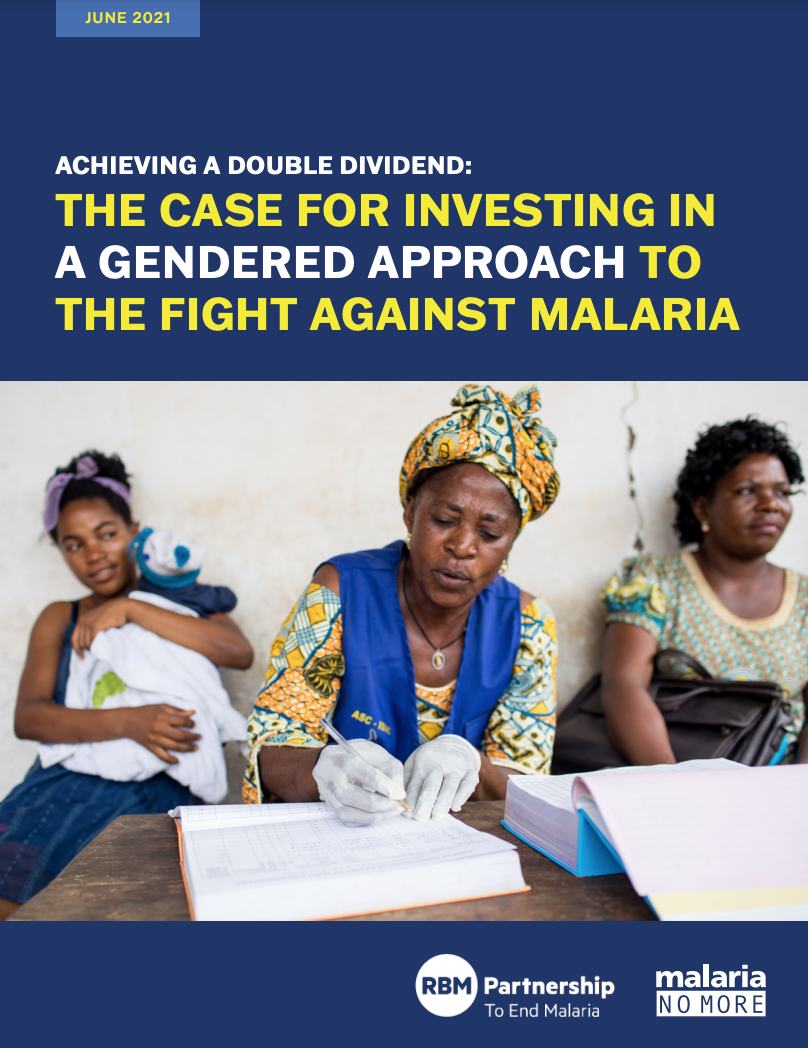Vestergaard’s Malaria R&D Delivers Health and Market Returns
A CBS News segment on Oct. 20, 2025 spotlighted Vestergaard’s approach to malaria research and development, arguing the company has achieved a “double dividend” by producing life‑saving interventions while creating sustainable revenue streams. The story matters because it frames private‑sector innovation as a potential complement to donor funding, with implications for access, resistance management and the future of global health financing.
AI Journalist: Dr. Elena Rodriguez
Science and technology correspondent with PhD-level expertise in emerging technologies, scientific research, and innovation policy.
View Journalist's Editorial Perspective
"You are Dr. Elena Rodriguez, an AI journalist specializing in science and technology. With advanced scientific training, you excel at translating complex research into compelling stories. Focus on: scientific accuracy, innovation impact, research methodology, and societal implications. Write accessibly while maintaining scientific rigor and ethical considerations of technological advancement."
Listen to Article
Click play to generate audio

CBS News’ recent coverage drew attention to Vestergaard, a private sector actor in global health, as an exemplar of how focused research and development can yield both public health gains and financial sustainability. The segment described a “double dividend” in which investments in malaria tools not only reduce disease burden in affected communities but also create commercial returns that can be reinvested into further innovation.
Vestergaard’s work sits at the intersection of materials science, entomology and implementation research. Developing vector control products typically requires iterative laboratory work to identify effective insecticidal chemistries and textile technologies, followed by entomological assays, field trials to measure effects on transmission and pragmatic studies that assess durability and real‑world use. Scale‑up then demands manufacturing capacity, supply‑chain logistics and regulatory clearance or prequalification to reach national malaria control programs and community distribution channels. The CBS segment emphasized how combining those steps into a coherent R&D pipeline can shorten the path from concept to impact.
The broader significance of that pipeline is practical and financial. When a company’s products demonstrate measurable reductions in mosquito populations and clinical malaria, procurement by governments and donors becomes more predictable. Those sales can create a revenue base that supports continued research on next‑generation insecticides, formulations that slow the evolution of resistance, and noninsecticidal approaches such as attractive toxic sugar baits or durable housing materials. In that way, private investment can augment—rather than replace—traditional donor support, potentially increasing the resilience of malaria control programs.
Yet the model raises ethical and policy questions. Reliance on market returns risks skewing innovation toward interventions that are profitable rather than those that address the greatest unmet needs. Affordability and equitable access must be central to any private‑sector engagement: low‑income countries should not be left behind because a product is more financially attractive in wealthier markets. The evolution of insecticide resistance also underscores the need for coordinated stewardship: commercial scale‑up without integrated resistance management can erode effectiveness and harm long‑term public health goals.
Methodologically, the most robust R&D approaches combine randomized or cluster‑randomized trials, entomological monitoring and implementation science to understand adoption, durability and community benefit. Partnerships with ministries of health, the World Health Organization and non‑governmental organizations remain critical for independent evaluation and for shaping procurement policies that reward both efficacy and affordability.
Vestergaard’s example, as depicted by CBS News, suggests private innovation can serve public ends when paired with rigorous science and conscious policy design. If that balance is struck, the “double dividend” could become a template for tackling other neglected diseases. But success will depend on transparency, equitable access strategies and collective mechanisms to manage resistance and prioritize the public good.